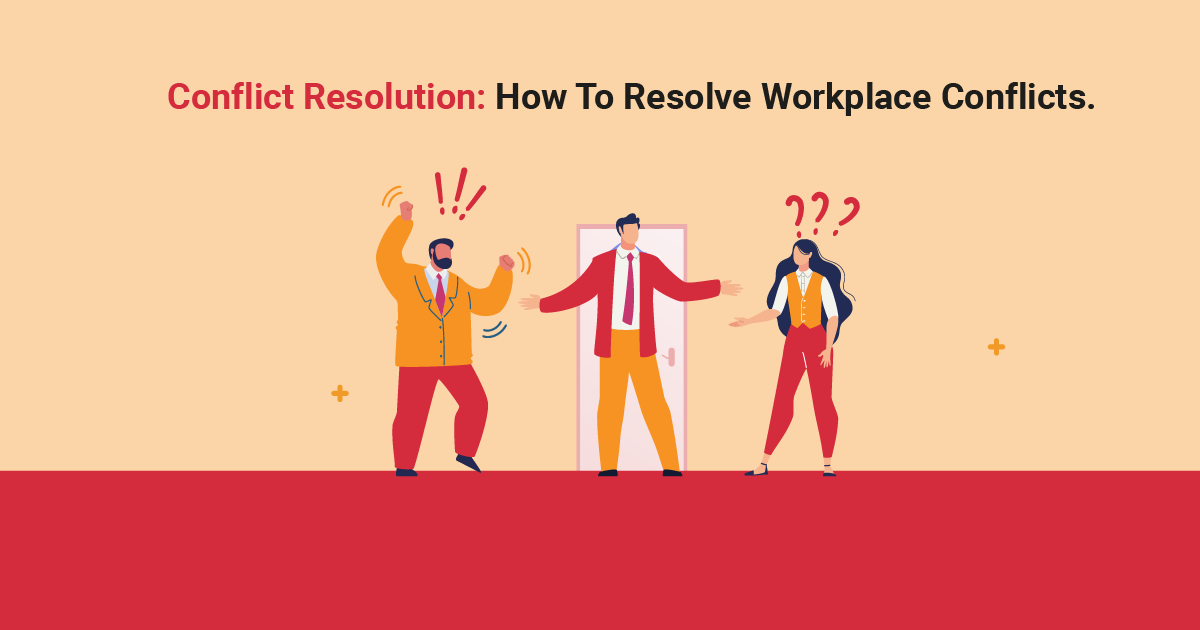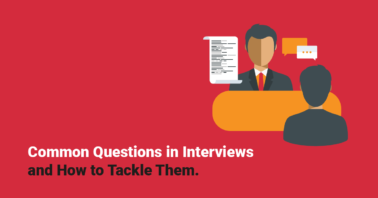What Causes Workplace Conflict and How To Handle it.
Workplace conflict can be defined as a disagreement in opinions, interests or ideas between colleagues at work. Different people from diverse backgrounds in the workplace is a recipe for conflict. In fact, one can say conflict can really not be avoided. How one handles it can either break or make their work relationships which in turn affects their productivity.
The first step in handling workplace conflicts the right way is knowing what causes them in the first place. With this knowledge, one is placed in a better position to avoid conflict. Here are the most common sources of workplace conflict.
- Communication problems: most of the conflicts that arise are as a result of poor or lack of communication. Without right communication channels, people often misunderstand each other’s actions.
- Difference in personality: different people have different types of personality and therefore react to situations differently. Being able to acknowledge this helps one to understand why people react the way they do and how you can handle them better.
- Difference in interests: many times, people have different interests and needs that they wish to fulfill. When their interests are not in line with others or those of the organization, conflicts are bound to happen.
- Difference in values and beliefs: people’s values and beliefs often guide how they live their lives and perform their work. Not being able to understand that people have values and therefore often follow them in their day to day lives can lead to conflicts at work.
- Poor performance: poor performance could arise because certain team members are not doing their work effectively or an employee is simply slacking on their job. No matter the cause, this situation is very frustrating and will often lead to conflict.
- Workplace gossip: gossip that often taints other colleagues’ images eventually leads to conflict as those that are subject to it may in most cases attack the source of the gossip or those that have taken part in it.
- Poor working conditions: such conditions such as poor pay, lack of safety gear, long working hours to mention but a few often makes employees stressed. The more employees are stressed, they are bound to not only attack each other but their employer as well.
When caught up in workplace conflict, different people have different ways of handling the situation such as:
- Avoidance: some people simply avoid the conflict. For example, one could simply walk away after their colleague talks to them rudely. This is often not advisable as it is best to solve the conflict once and for all. Avoiding the conflict will not make it go away.
- Collaboration: this is when two conflicting parties come together to collaborate and come up with a solution that is mutually beneficial to the both of them.
- Compromise: this is more of a win-lose situation. Two conflicting parties choose to take on a decision that may not necessarily meet all their needs but eventually helps them remain peaceful.
- Competition: here, the conflicting parties choose to compete and the one who wins gets to decide the decision that should be taken. This, in many cases brings about, even more, conflict and leaves the loser more resentful.
- Accommodation: even when someone may not necessarily agree with another’s decision, them choosing to let go of their own personal needs or decisions in order to take on another’s for the sake of peace is being accommodative.
Regardless of the ways one chooses to resolve conflict, having a step by step process to follow makes handling this tricky work situation faster and easier. Here’s how we suggest you should go about handling workplace conflict.
Step 1; Arrange to meet in person:
Avoiding the person you are having a conflict with only stalls the conflict and puts both of you in an uncomfortable position. The best thing to do would be to arrange a meeting with them in a neutral place where you can be able to express your feelings to each other and work towards resolving the conflict. In requesting for the meeting you could politely approach the other party in person or if it is your superior send an email requesting for a meeting.
Step 2; Identify the cause of the conflict:
There is no way one can effectively solve what they do not know the cause of. This is the beginning step in moving towards an agreement. When you meet, together try to establish what the source of the conflict really was. This will help both of you to tackle the main issue so that it does not arise again in the future.
Step 3;Listen and seek to understand:
Use the face to face meeting to try and understand each other’s points of view. Do not use it as another altercation opportunity. Do not try to be defensive but simply learn to listen and understand the other party’s point of view and where you could have gone wrong. If you happen to discover that you offended the other person at this stage, simply apologize.
Step 4; Seek to reach a consensus:
After listening to each other’s side of the story. Seek to find out the areas you agree with and the areas you do not. This helps both of you to know what areas you can use to come up with a mutually beneficial conclusion or way forward for the both of you.
Step 5; Prioritize the areas you are conflicting about:
Should you find out that the areas of conflict are many, both of you should rank the areas in order of urgency or importance. This will give you both a clearer way on what needs to be dealt with first.
Step 6; Find a solution:
Having all the necessary information you need about the conflict, both of you should then go ahead and find a solution for the area of conflict. If you are conflicting in more than one area, address the most important area first moving towards the least important areas.
In developing solutions, focus on creating solutions that will lead to lasting good relationship in the future.
Should the solutions be long-term? Be sure to organize for more meetings to follow up the progress of your relationship.
Step 7; Ensure you follow the planned solutions without fail:
Should you really want to solve the conflict, the important step of following through with what you and the other party agreed to is a very determining step in whether the conflict keeps going on or comes to an end.
If both parties, stick to what was discussed chances are high that they will not conflict in that area of conflict again. However, if one or both of the parties do not put effort in implementing the solutions discussed, they will keep conflicting about the very same issues.
Step 8; Complement the success:
If you are successful or the other party is successful and is properly following through with the plan made to resolve the conflict, do remember to complement each other. This will motivate the both of you to keep a friendly relationship and avoid conflict.
Step 9; Keep a better and friendly relationship:
Conflicting with someone does not necessarily mean you cannot be friends with them. It is important not take conflicts personally but to look at them as simply difference in opinions or ideas. Seek to create a better relationship with those people that you have conflicted with.
Step 10; When you fail to resolve the conflict:
Should you and the conflicting part fail to resolve the conflict on your own, seeking a third party such as a mediator can help.
Conflict is very difficult to avoid in any workplace. Should you find yourself conflicting with one of your colleagues, ensuring the conflict is resolved as soon as possible is the best thing for you to do. Always aim to have good work relationships because they, in turn, affect how comfortable and productive you will be at your workplace.





